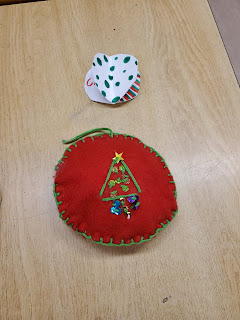Dear Parents and Students,
In science, we've been looking at how we source electricity and how electricity gets transformed into different kinds of energy, for example in appliances.
We've been discussing the pros and cons of different energy sources and whether or not they can be considered "renewable" or "green". For instance, trees and wood are renewable sources, but give off carbon when burned and simply don't scale to the level that a large Western population uses. We'd use up all the trees if we attempted to heat everything with wood. There are also pluses and minuses to even hydroelectric power, which we tend to think of as clean and renewable, when dams are built on natural habitats or disrupt the water shed.
In many electrical devices, the electrical energy is transformed into a combination of heat, light, movement or sound energy. We've looked at a lot of different examples and tried to imagine the circuits inside that power them.
Today, we also looked inside batteries and talked about chemical energy. We compared 1.5V cell batteries with 9V batteries and talked about the difference between Volts and Kilojoules. For example, a D battery has more Kj than an AAA, but the same voltage: both are 1.5 V. A 9V battery typically has 6 cells inside it, making up 9 volts altogether because 6 x 1.5 = 9.
 |
| From Reddit, showing the interior of different 9V batteries |
I look forward to making wet cell batteries with the class in our next science session, so they can see the interior more clearly.
Sincerely,
Ms. Goegan


















